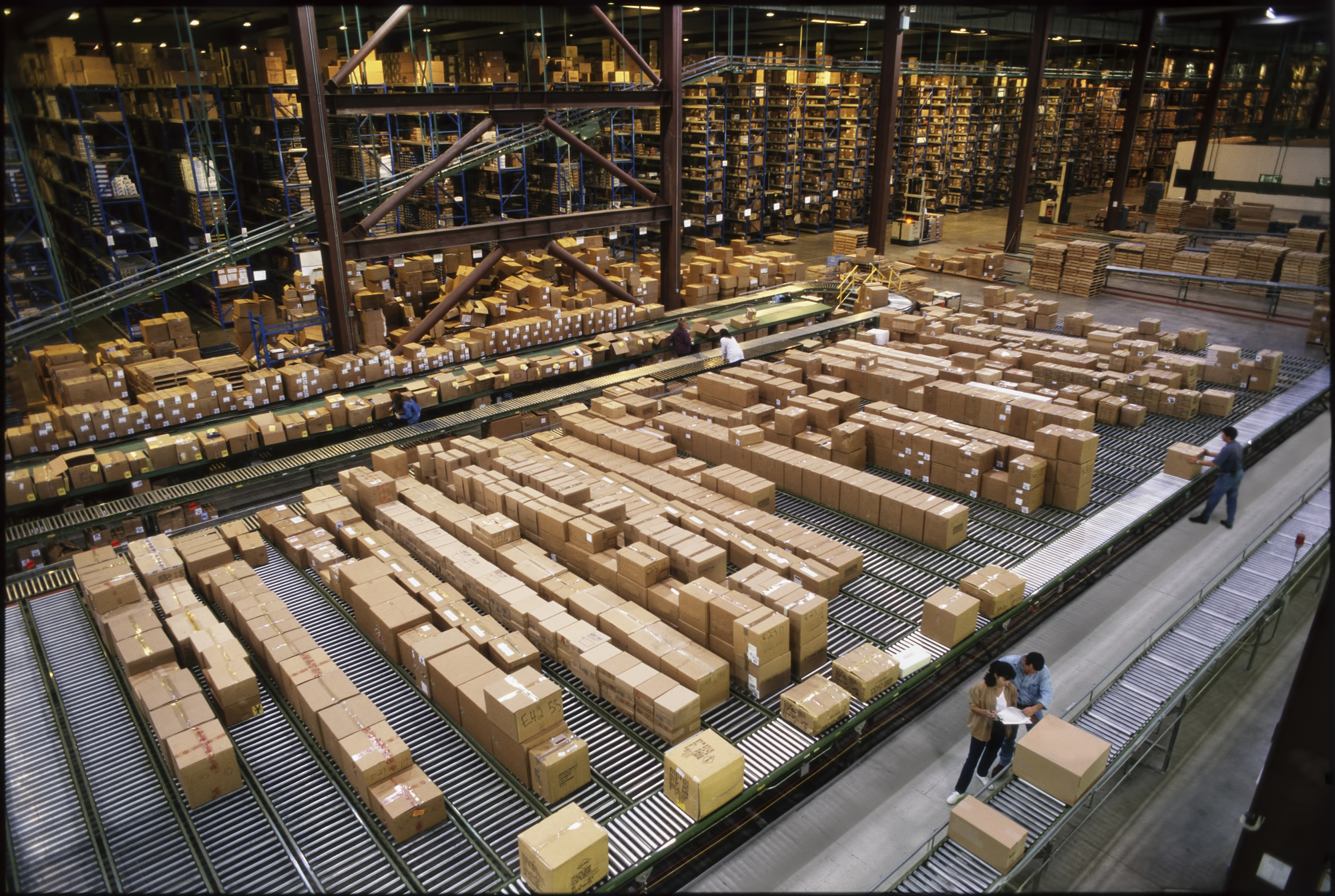If you’ve ever felt confused by the terms 3PL, 4PL, and 5PL, you’re not alone. These labels get tossed around a lot, but many people, even those working in supply chain, don’t fully understand what separates one from the other. Here’s a simple breakdown of what each one means and how they’re used in the real world.
What Is a 3PL?
A Third-Party Logistics provider (3PL) is a company that helps other businesses move, store, and deliver their products.
Real-life example: FitFlop, a global footwear brand, partners with a third-party logistics provider to expand its presence in the U.S. FitFlop still controls what gets shipped and when — the 3PL handles warehousing, fulfillment, and delivery so the brand can focus on growth and customer experience.
What Is a 4PL?
A Fourth-Party Logistics provider (4PL) goes beyond operations — they manage the whole supply chain on your behalf.
- A 4PL acts as your single point of contact, overseeing multiple 3PLs, tech providers, and carriers.
- They often offer supply chain design, vendor management, and data integration.
Real-life example: Ecopetrol, Colombia’s largest energy company, partnered with GEODIS to manage its entire logistics supply chain. Acting as a 4PL provider, GEODIS coordinated multiple 3PLs and implemented a smart platform to provide real-time, end-to-end visibility. This collaboration streamlined Ecopetrol’s operations, ensuring efficiency and alignment across its complex logistics network.
What Is a 5PL?
A Fifth-Party Logistics provider (5PL) focuses on network-wide optimization, often driven by data, automation, and AI.
- They don’t just manage logistics — they design and optimize entire logistics ecosystems.
- 5PLs are more common in e-commerce and global trade environments.
Real-life example: An e-commerce platform selling across Asia and Europe partners with a 5PL like Flexport, which uses tech to plan and optimize all transportation moves, customs processes, and delivery networks.
When Does a Company Need 3PL, 4PL, or 5PL?
- If you’re fulfilling online orders and need basic help, a 3PL is the right fit.
- If you’re growing and need help managing multiple logistics partners, consider a 4PL.
- If you’re scaling across countries and need deep tech integration and strategy, a 5PL might be the best option.
What’s Next: Future Trends in Logistics Providers
As e-commerce grows and technology keeps moving fast, the line between 3PL, 4PL, and 5PL is starting to blur. Here are a few trends shaping where things are headed:
- Tech is moving upstream. More 3PLs are adding advanced tech, like real-time tracking, AI-driven forecasting, and control tower dashboards, once only offered by 4PLs or 5PLs.
- 4PLs are becoming digital integrators. Companies are using 4PLs to unify messy tech stacks, connect systems, and pull clean data across multiple vendors.
- 5PLs will drive e-commerce logistics. As global e-commerce gets more complex, expect 5PLs to play a bigger role in building tech-first networks that support fast, affordable, cross-border delivery.
- Sustainability will factor into provider selection. Shippers are starting to look beyond price and speed and ask providers how they’re cutting carbon, consolidating loads, and optimizing routes for greener operations.
- The demand for flexibility will keep rising: Whether it’s warehousing on demand or switching
Bottom Line
3PLs do the work. 4PLs manage the work. 5PLs optimize the whole network. Each has a role to play — it just depends on how complex your logistics needs are.





